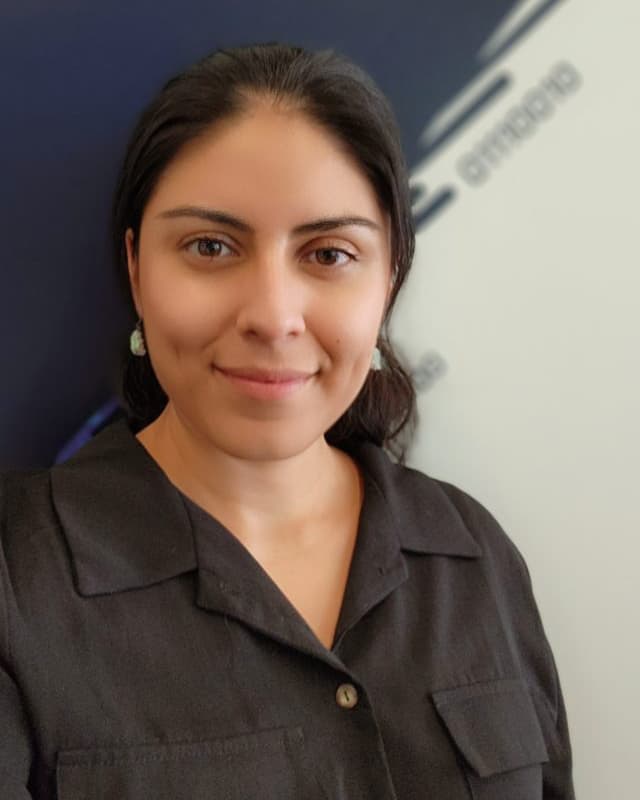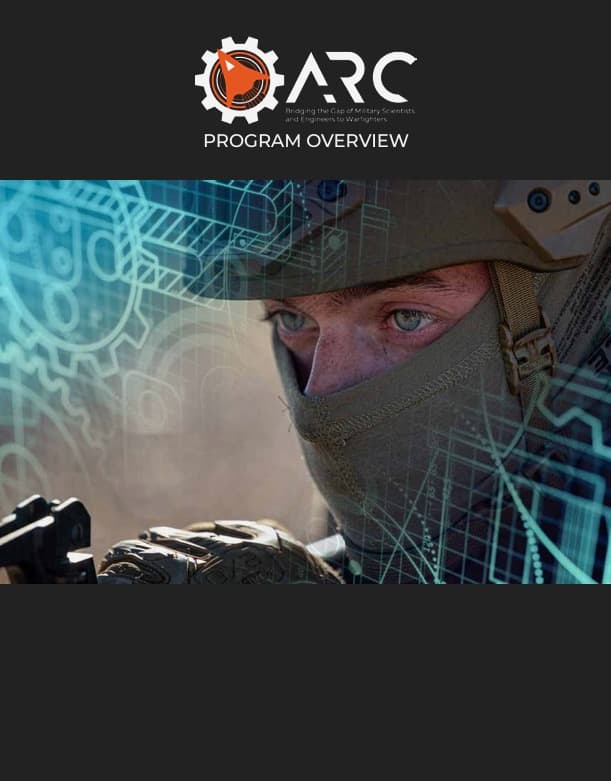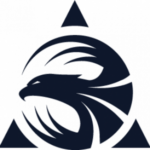Project Arc
Should I Apply? | Apply Now | Team | Contact Us | Projects
Project Arc is a grass roots effort forging ahead on the U.S. Air Force 2030 Science and Technology Strategy and CSAF warning that we must ‘Accelerate Change or Lose.’
Air Force and Space Force operational units need dedicated scientists and engineers who can quickly use their specialized skills and knowledge to solve the technical problems encountered by warfighters in the field. Project Arc works to provide this capability at the point of need, where technicians can work directly with operators, to prepare for conflict before it occurs.
Regardless of education or specialized training, Project Arc technicians share core characteristics:
- Passionate to develop and deliver tailored disruptive innovations to warfighters
- Devoted to exploring the depth of science and technology for solutions
- Committed to getting their hands dirty side-by-side with operators
- Selflessly going the extra mile to arm the warfighter, not for personal gain, but for victory and defense of our children, families, and nation
Hear it from our alumni
Should I Apply?
Project Arc is redefining the way we employ uniformed Scientists & Engineers (S&Es) in the Air Force and Space Force.
Do you have what it takes to provide tailored, technical solutions for unique Operational problems and adversarial technological deployments, now and in future conflict?
Requirements:
- Eligibility Requirements:
- Officers-Any AFSC
- Enlisted-Any AFSC
- Commander concurrence
- Scientists, Technologists, Engineers (STEs) able to deploy:
- 6-month TDY
- Embed within Operational Wing to directly address challenges in the field combating adversarial deployment
- Current on all deployment requirements
- Tinkerers who love figuring out why things work
Apply Now
JOIN A TEAM OF GRASSROOTS AIRMEN WHO BELIEVE IN YOUR CAPABILITY TO TRANSFORM THE AIR FORCE.
Apply NowMeet the Team

Chris

Aaron

Verenice

Adam

Joe
Contact Us
Contact us at: ProjectArc@us.af.mil




